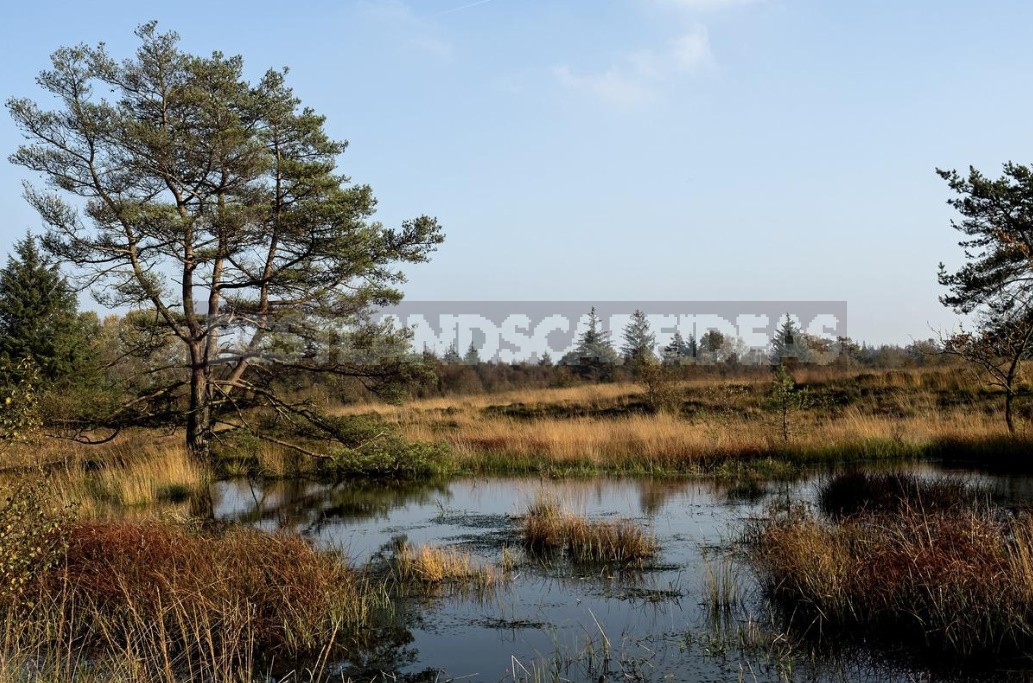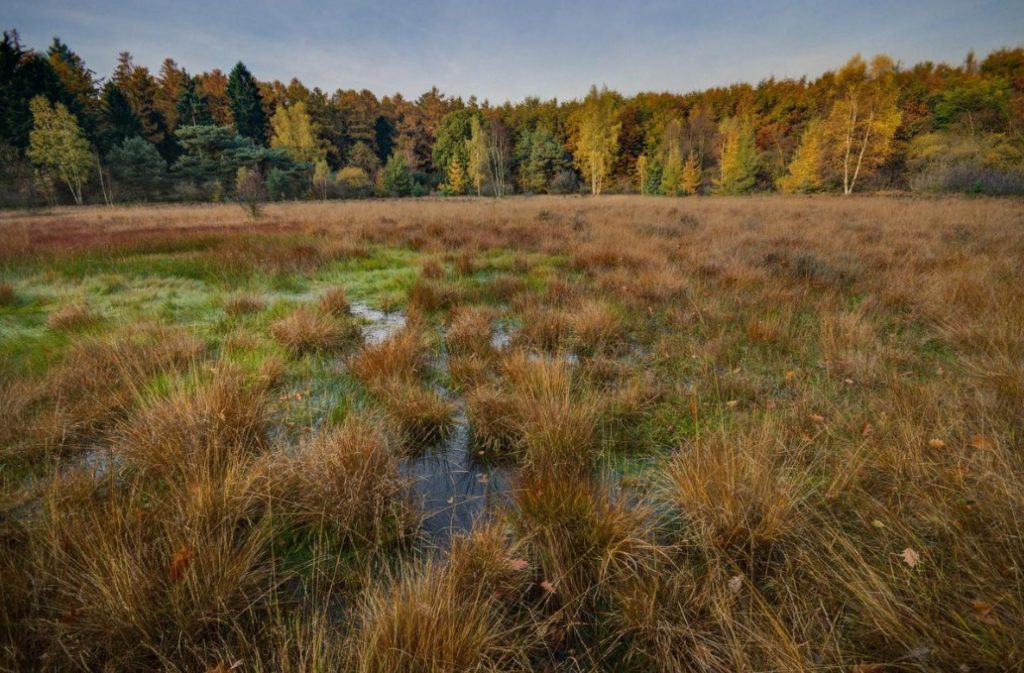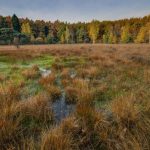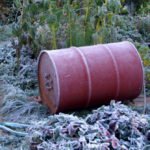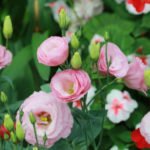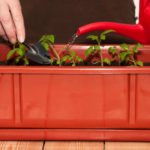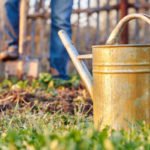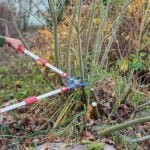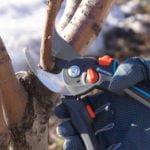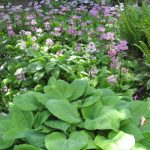Swamp… for most of us, this word causes quite unpleasant associations-constant dampness, squelching water underfoot, sharp as a razor blade, sedge, clouds of mosquitoes and midges. It is terrible to imagine that a piece of land that you want to turn into a garden is located in a peat bog or in a constantly wet area, which in everyday life we also often call a swamp. On it except in rubber boots don’t dig on a bayonet of a shovel — water, and all attempts to grow any kind of garden culture fiasco.
Such lands are more than enough, and it is not accidental. The fact that the amount of precipitation exceeds the coefficient of evaporation from the surface, which is one of the causes of waterlogging of the land. But is it really so terrible and is it worth to despair, if the inherited plot is swampy, is it possible to arrange a garden in the swamp?
Answering these questions, first of all, we note the fact that almost all vegetables coming to stores from suburban farms are grown on drained lands, formerly swampy. Further we will remember that many gardening which today differently as a blossoming garden not to name, were arranged on the drained peatlands.
And, finally, before the development of a wetland area, it is worth thinking about whether the swamp is so unattractive? The swamp landscape has its own unique charm, and it is no coincidence that today the swamp garden is gaining popularity-a fashionable direction of landscape design. For its creation, it is not necessary to preserve the swamp throughout the territory, as, for example, it is done in Finland, where interference with nature is minimal and is, in fact, only to the laying of paths. A few square meters is enough for a collection of marsh plants. Skillfully inscribed in the landscape of the future garden, they will give it sophistication and unique charm.
Where did the swamp come from?
First of all, it is necessary to understand the causes of waterlogging, since without it it is impossible to achieve the desired result of work on the device of the garden.
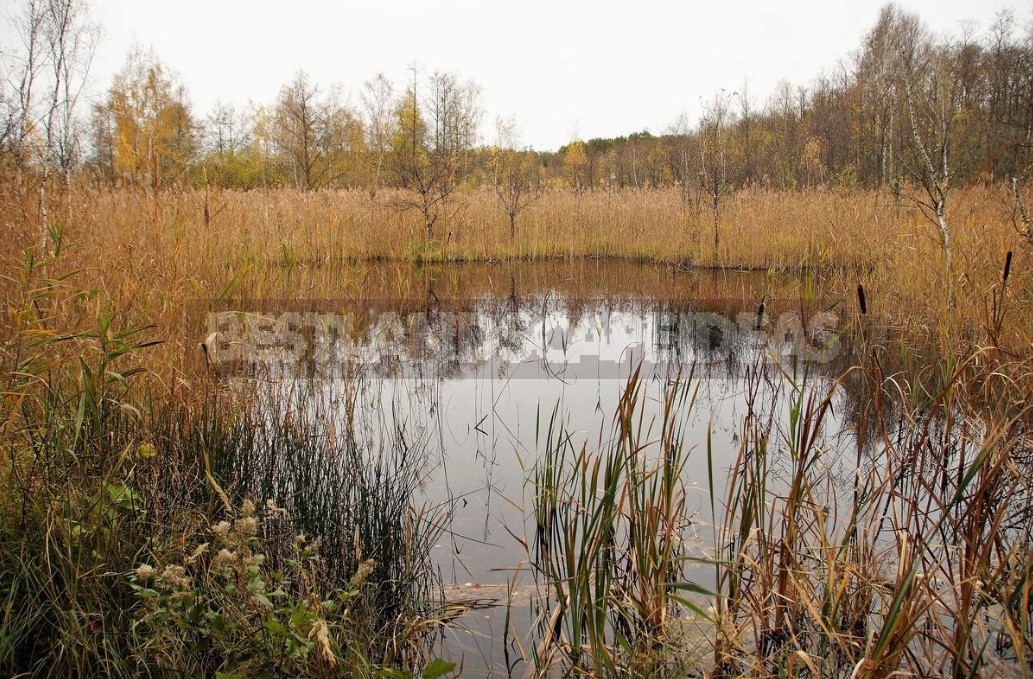
All wetlands can be divided into three categories:
1. Peat bog
2. Wetlands mineral lands
3. Floodplain flooded meadows.
Option 1-peat bog
This is an area with constant excess moisture, which resulted in the formation of a powerful — more than 50 cm-layer of peat. All swamps by type of food is divided into riding, lowland and transitional.
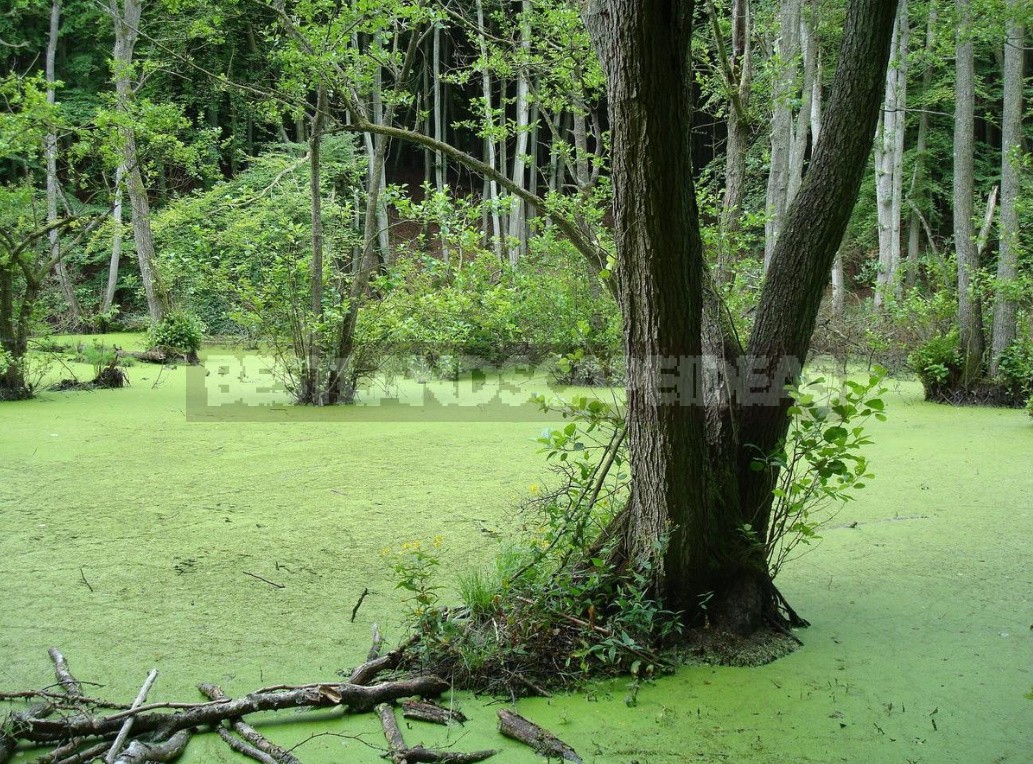
Riding swamp and its features
The riding swamp is a powerful accumulator of water, which regulates its level in rivers and lakes. Its drainage and development is impractical, so gardeners can get only a small fragment of it.
The upper swamp exists only due to rainfall. Groundwater is too deep and cannot affect vegetation. Since rainwater contains almost no minerals, plants that have adapted to an extremely poor diet develop in the upper swamps.
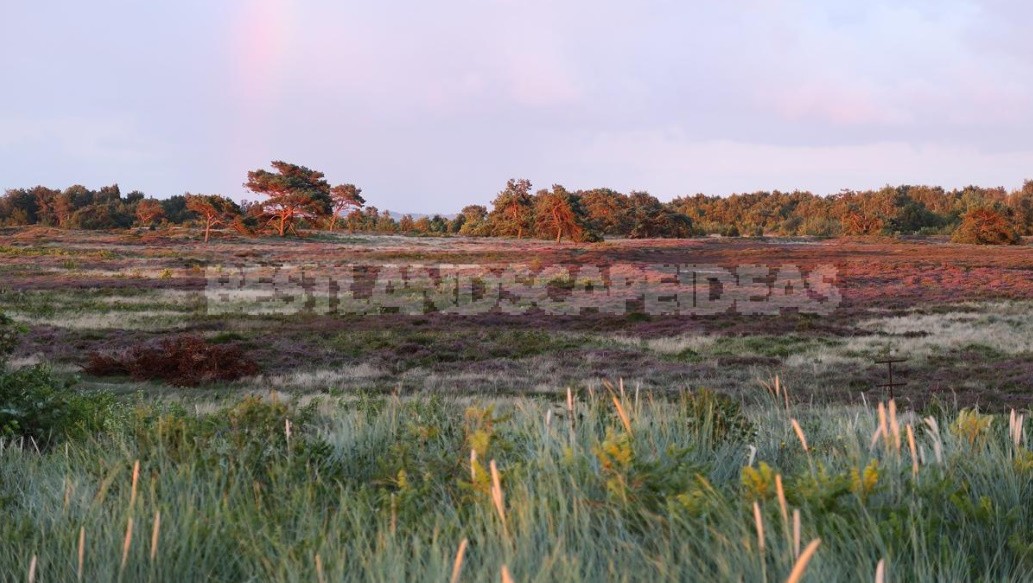
How to determine the riding swamp
- If the plot grows a solid carpet of Sphagnum, Eriophorum, low-growing pine, cranberry, Calluna vulgaris-a high probability that you got a fragment of the upper swamp.
- Determine the thickness of the peat-it always has a capacity of more than half a meter.
- From a depth below 30 cm, take a sample of peat and RUB it between your fingers-this peat has a yellow-brown color and fibrous structure, it is clearly distinguishable plant remains.
- Determine the degree of acidity of peat. You can buy a set of indicator strips to determine the acidity. Riding peat will always have a strong acid reaction (pH 2.8-3.5).
Determine the acidity of the soil can be “folk” way. Put 3-4 leaves of black currant or cherry in a glass bowl and pour them with a glass of boiling water. When the water cools, throw a lump of earth into it. If the water turns red-the soil is definitely acidic, blue-slightly acidic, and if it becomes green-neutral.
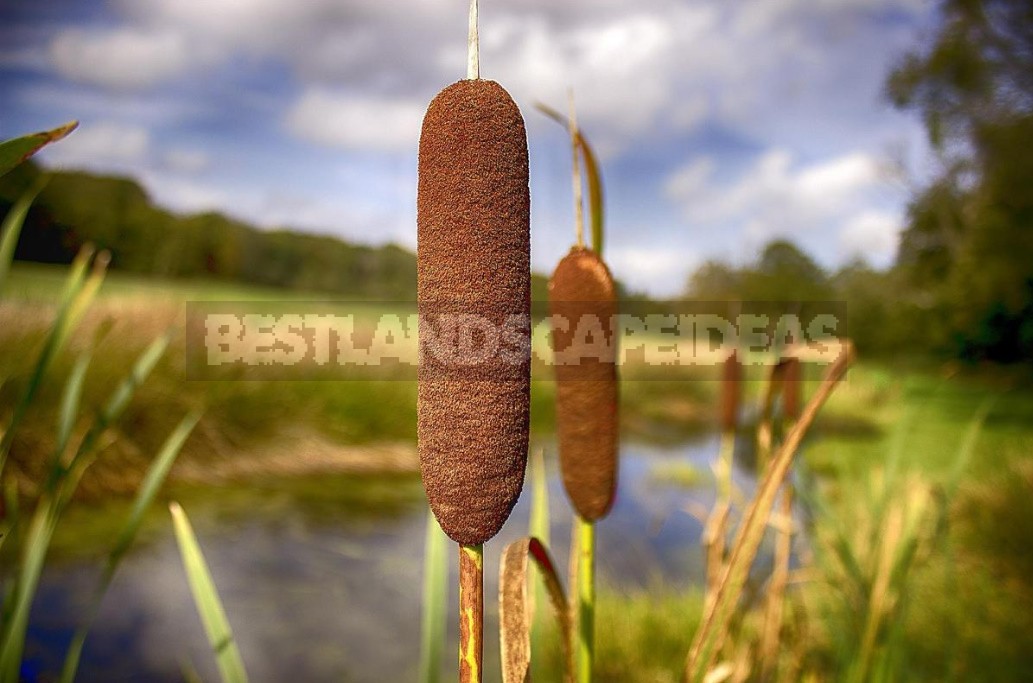
In General, plants are good indicators of soil conditions.
- Polygonum, Ranunculus repens indicate the initial stages of waterlogging.
- On peat bogs with long or permanent waterlogging, settle Typha, Scirpus, Phragmites australis, Carex, Bryidae, Juncus, Deschampsia cespitosa.
- Equisetum, Rumex, Nardus, Gnaphalium, Veronica chamaedrys, Spergula arvensis absolutely accurately indicate a high acidity of soils.
A white, ash-like layer, lying at a shallow depth from the surface — is a characteristic sign of acidic soil. Horse peat contains very little nutrients (ash content 0.5-3%). It is quite difficult to drain part of the upper swamp – the neighboring massif will constantly have a powerful impact, and the decomposition of the upper peat is very slow.
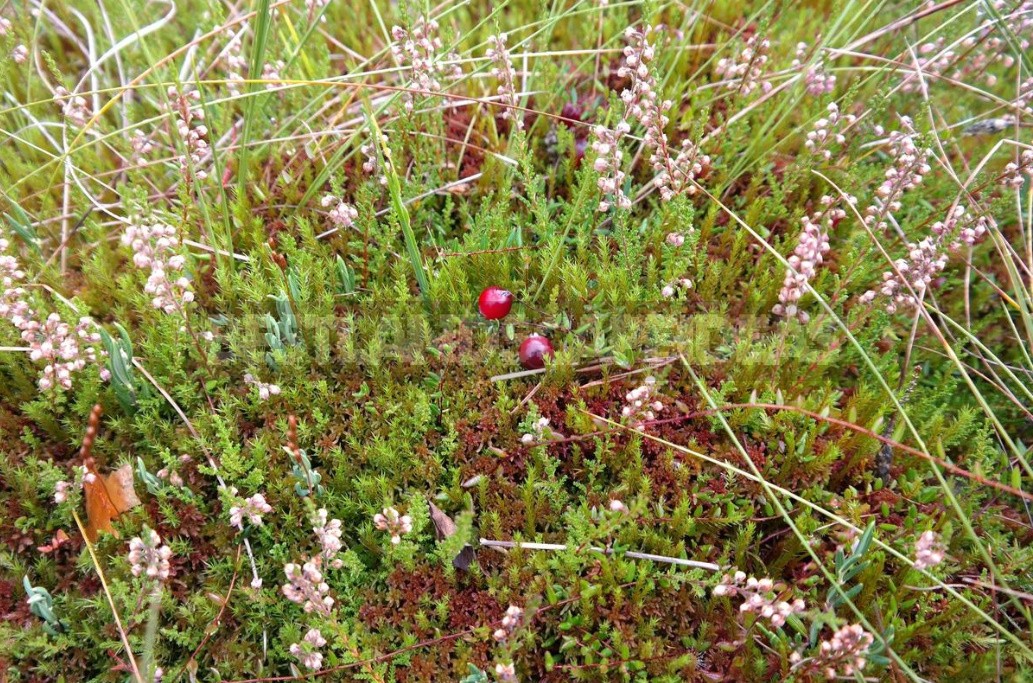
One of the options for development is the creation of a marsh garden. You can fully preserve the characteristic vegetation of the upper swamp and diversify the composition with plants of the coasts, water meadows and wet forests. If the option of capital transformation of the landscape is chosen, then it is necessary to separate the drained area with a deep ditch from the marsh massif and at the same time to raise the drained part by adding soil.
Lowland swamp and its features
A low-lying swamp is formed in a depression where groundwater accumulates. The swamp receives from them mineral substances, the composition and quantity of which depend on the soil and underlying rocks. Lowland peat is characterized by higher fertility, after drainage it decomposes quickly and is suitable for growing most garden crops.
How to identify a lowland swamp
- Indicators of lowland swamps are Alnus, Filipendula, Carex, Comarum, Menyanthes, Cirsium, Polypodiophyta, Phragmites, Equisetum; green mosses.
- Lowland peat has a gray-brown color, sometimes almost black, the remains of plants are poorly distinguishable.
- RUB a sample of peat between your fingers-unlike top peat, lowland will stain your hands.
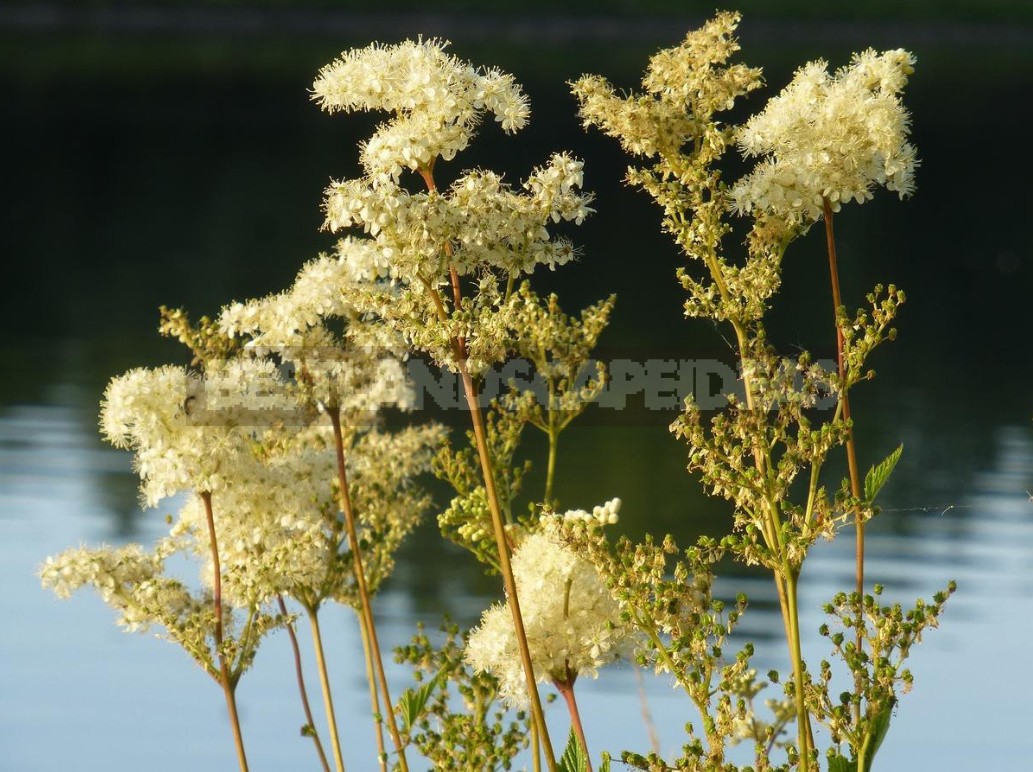
Transitional swamp and its features
Transitional swamps have well-defined features of both lowland and upland swamps. Dig a hole and consider the structure of the peat Deposit. Within a meter thick, brown peat with well-distinguishable plant remains turns into an almost black, soiling mass of well-decomposed lowland peat. It is less acidic than in the upper swamps (pH 3.5-5), and the nutrient content is higher (ash content 4-7%).
In the transitional peat as well as in the upper, there are not enough forms of nitrogen, phosphorus, potassium and other nutrients available for plants. On this soil, most garden plants will starve, so you can not do without fertilizers. Before the development of the site, remove the top layer of moss. Then the lower dark peat is better warmed by the sun, dries deeper, active aerobic bacteria will appear in it.
Option 2 – mineral wetlands
These are clay soils, clay subsoil more difficult for gardening, high standing of ground waters, temporary flooding by flood and rain waters. The causes and periods of waterlogging of such areas are diverse, but the result is one – there is too much water in the soil.
